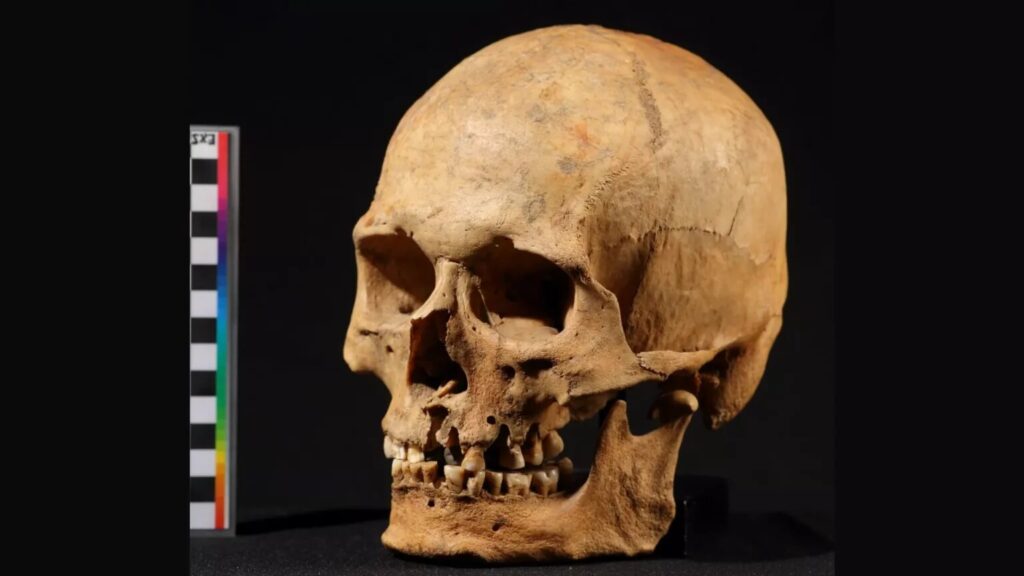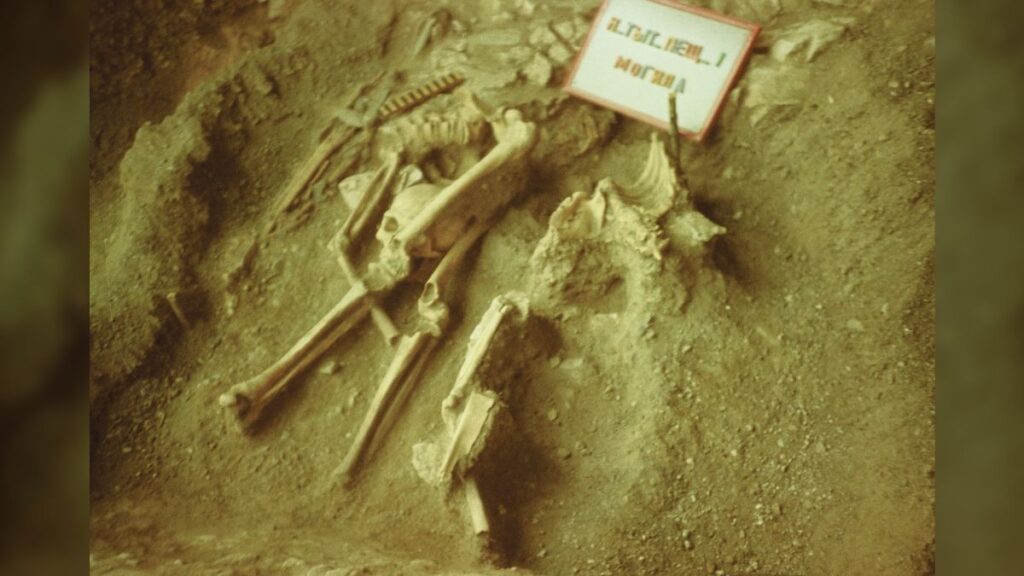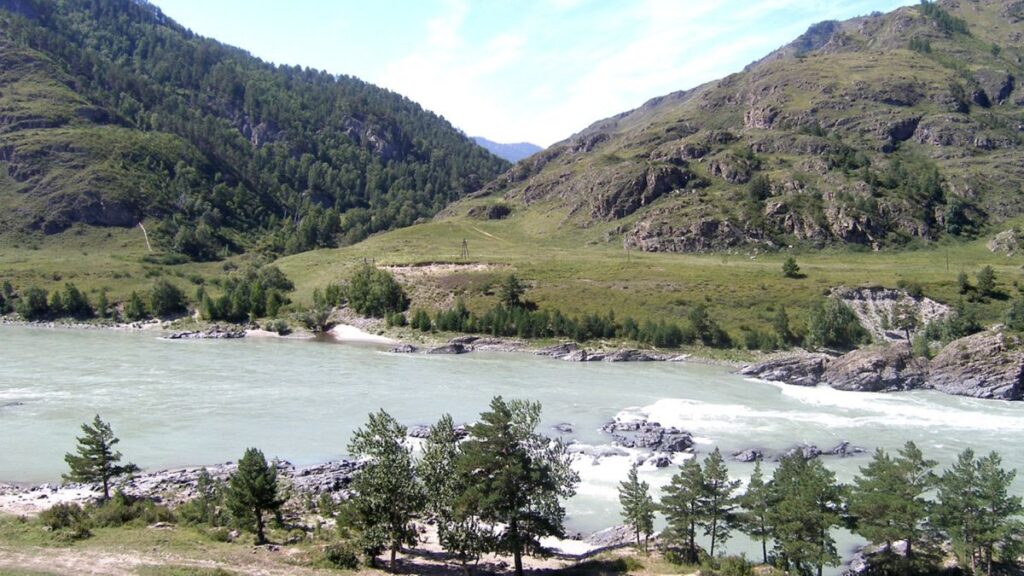The prehistoric population once lived in Siberia, but mysteriously vanished, genetic study finds
Researchers investigating prehistoric DNA have discovered a mysterious group of hunter-gatherers that lived in Siberia perhaps more than 10,000 years ago.
The find was made during a genetic investigation of human remains in North Asia dating from as far back as 7,500 years ago. The study also revealed that gene flow of human DNA not only traveled from Asia to the Americas — as was previously known — but also in the opposite direction, meaning people were moving back and forth like ping pong balls along the Bering Land Bridge.

Furthermore, the team examined the remains of an ancient shaman who lived about 6,500 years ago in western Siberia. This spot is more than 900 miles (1,500 kilometers) west of the group to which he had genetic ties, according to the new genetic analysis.
North Asia, particularly the area stretching from western to northeastern Siberia, was pivotal in humanity’s trek across the globe. Previous work has shown that the first people to arrive in the Americas, at least 13,000 years ago, likely came either across or along the coast of the land bridge that once connected North Asia with North America. This corridor, known as Beringia, is now flooded by the Bering Strait.
However, much remains unknown about the genetic makeup of the people who lived in this key region at that time. This is because prehistoric human remains with enough DNA to examine from this region “are extremely rare and hard to find,” study senior author Cosimo Posth, an assistant professor in archaeo- and paleogenetics at the University of Tübingen in Germany, told Live Science.

In the new study, the scientists analyzed 10 prehistoric human genomes from previously discovered individuals who lived in North Asia as far back as 7,500 years ago.
Many of the individuals were found in an area known as the Altai, a crossroad for migrations between northern Siberia, Central Asia and East Asia for millennia, located near where modern-day Russia, China, Mongolia and Kazakhstan come together. Previous research in the Altai revealed the first evidence of the mysterious and much older human lineage known as the Denisovans, who together with the Neanderthals are the closest extinct relatives of modern humans.

The scientists discovered that a previously unknown group of hunter-gatherers in the Altai was “a mixture between two distinct groups that lived in Siberia during the last Ice Age,” Posth said. DNA from these prehistoric hunter-gatherers was found in many later communities across North Asia, from the Bronze Age (about 3000 B.C. to 1000 B.C.) to the present day, “showing how great the mobility of those foraging communities was,” he added.
In addition, the researchers discovered multiple episodes of gene flow from North America to Asia over the past 5,000 years, with genes from the New World reaching Russia’s Kamchatka Peninsula on the Pacific Ocean and central Siberia.
“While there has been a lot of work showing flows of genetic ancestry into the Americas, there has been less evidence for backflow from the American continent to Eurasia,” said Vagheesh Narasim, a geneticist at the University of Texas at Austin, who did not participate in this study. “This work presents a new sample from northeastern Asia to support these results.”

Study lead author Ke Wang, a junior professor in anthropology and human genetics at Fudan University in China, was most surprised by the findings concerning a man’s remains in Nizhnetytkesken Cave in the Altai, who was found with a religious costume and artifacts one might expect of a shaman. His bones date back about 6,500 years, making him about a contemporary of the newly revealed Altai group, but the research team’s analysis revealed that he had genetic ties with groups in the Russian Far East, more than 900 miles to the west of his remains.
“This implies that individuals with very different [genetic] profiles were living in the same region,” Wang told Live Science. “His grave goods appear different from other archeological sites, implying mobility of both culturally and genetically diverse individuals into the Altai region.”
This discovery raises a number of interesting questions and possibilities about people in the region at that time.
Could this discovery regarding this potential shaman “that far west mean that his ancestral group was more widespread than we previously thought?” Shevan Wilkin, a biomolecular archaeologist at the Institute of Evolutionary Medicine at the University of Zurich, who did not take part in this research, told Live Science. “Or does it mean that he was, in fact, a traveling religious practitioner or healer? All very interesting.”
Overall, the study shows that prehistoric groups were more connected than previously believed.
All in all, “geographically distant hunter-gatherer groups showed evidence of genetic connections to a much larger extent than previously expected,” Posth said. “This suggests that human migrations and admixtures [interbreeding between groups] were not the exceptions but the norm also for ancient hunter-gatherer societies.”




